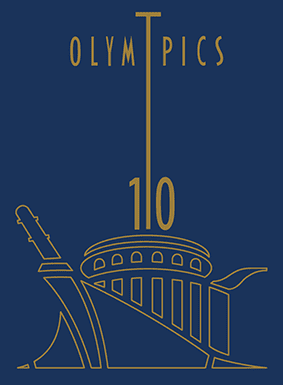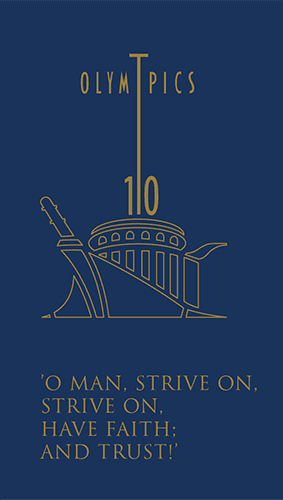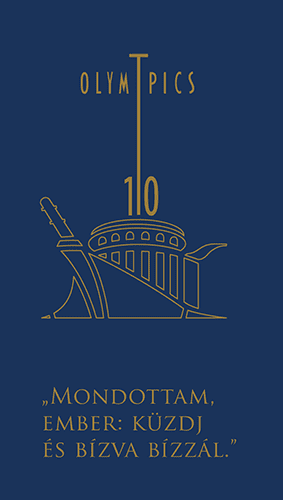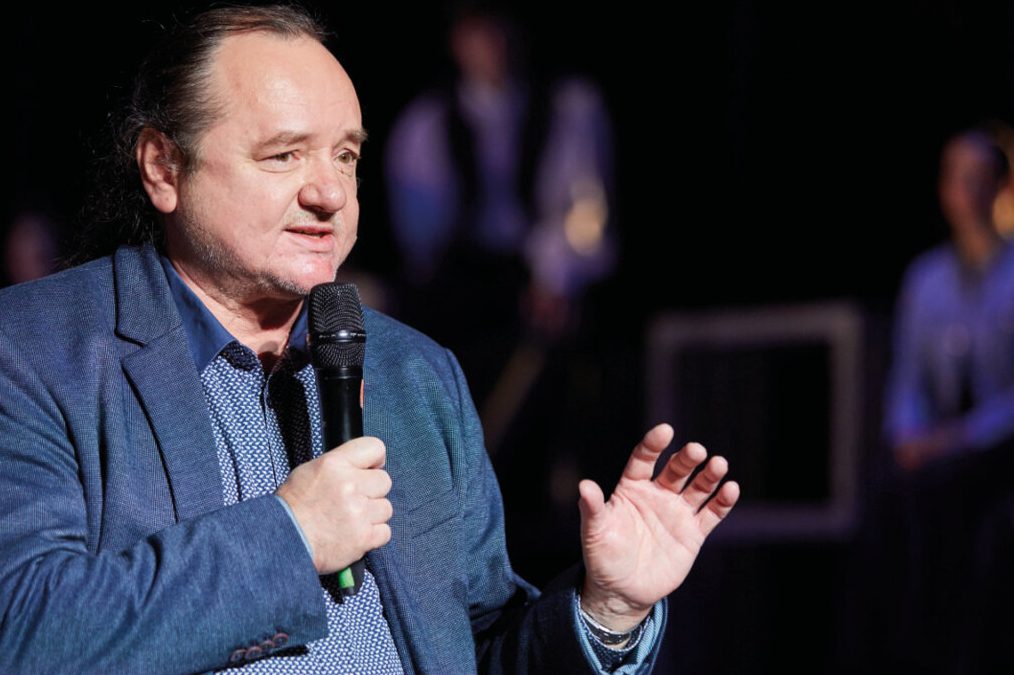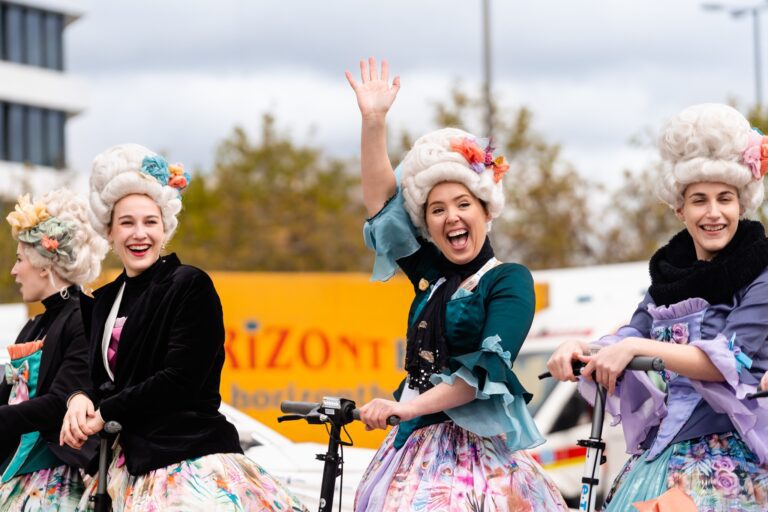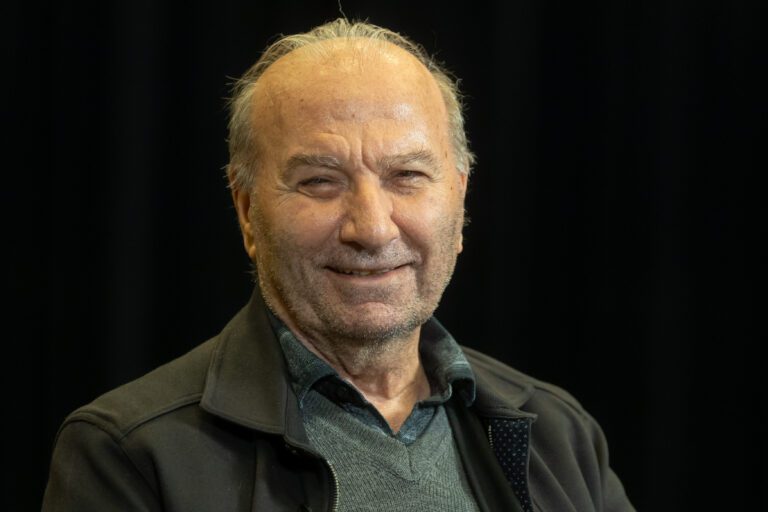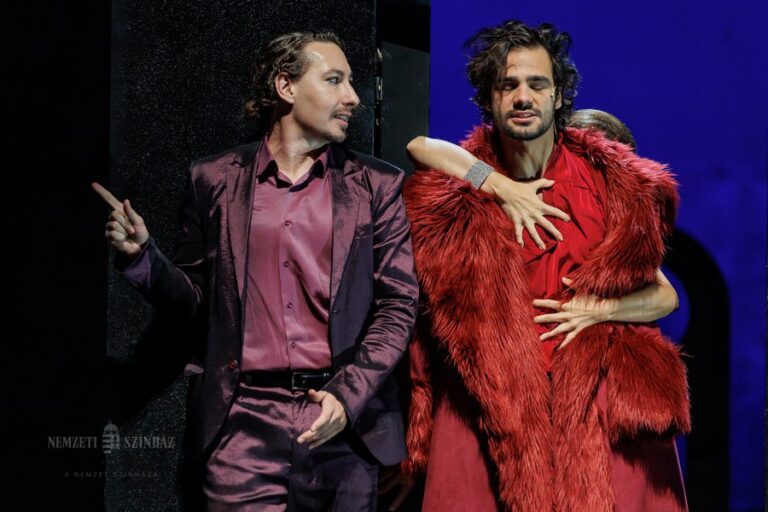The diverse programme of the 10th Theatre Olympics included dance, a special genre of theatre. Among more than 40 performances were classical ballet, contemporary dance, movement art, and folk dance. We asked critic Csaba Kutszegi for his views on the performances.
– What was your overall impression of the 10th Theatre Olympics?
– Even though this was the first time that dance performances were included in the Olympics, there was a very rich dance programme. This diversity is understandable in terms of quality, but of course, with such a wide range of dance, we cannot expect only great works. But alongside the mediocre performances, there were also some rarely seen, excellent pieces. Overall, we can say that performances have reached Hungary that have not been seen for a long time.
– What did it mean for the Hungarian dance profession to have such prestigious performances?
– I think that the profession can only benefit from this series of events: the dance scene has been noticeably revitalised. It has been a long time since we have had the opportunity to see so many guest performances from abroad. Usually, we have the opportunity to invite one or two companies from nearby countries, but this time we had a real cross-section, a great immersion from all over the world. It was good for the venues and the ensembles because they could not have financed it on their own. This was an opportunity that both the profession and the public were keen to take advantage of. As the programme gradually evolved, you could see, for example, contemporary dancers waking up and being happy to invite experimental workshops.
– Could this series of programmes have an international dimension for Hungarian ensembles?
– Perhaps that is not what this festival was about. The foreign audiences and professionals present certainly spread the word, and connections were made, but the most important thing is that we introduced the world to Hungarian audiences.
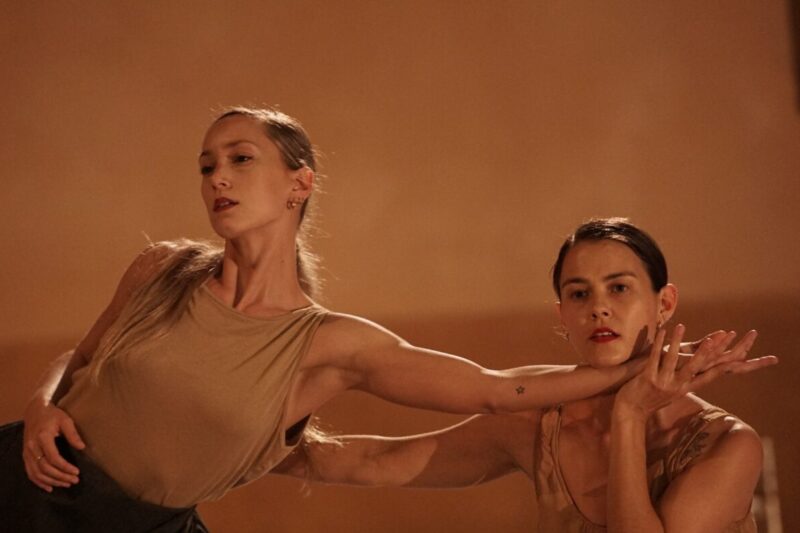
– How were these performances received by the audience?
– It has varied: I have seen many sold-out performances with incredibly enthusiastic audiences – especially in venues where the programmes were better advertised. However, I would not be critical if I did not note in parentheses that the enthusiasm of the audience did not always match the professional values. But that is not bad, because we are not talking about bad productions, but in some cases, the expectations were perhaps higher. I have seen performances where they almost blew the theatre apart, such as Barcelona Flamenco Ballet’s Luxuria in Szombathely. The contemporary ballet Romeo and Juliet in Pécs was a huge success, as was the Pardes performance by the Israeli Vertigo Dance Company in Miskolc.
– Can you name a few performances that you think stood out from the rest?
– I really liked the smaller, chamber-type performances, for example I saw two brilliant productions at the XXV International Contemporary Dance Festival in Veszprém. The first was a sensational performance of Tchaїka by a Belgian-Chilean couple, Natacha Belova and Tita Iacobelli, which I was delighted to see again later at the Euroregional Theatre Meeting in Timisoara. The other one I would like to highlight is the French Baro d’Evel’s Là, a movement theatre-new circus piece by Baro d’Evel, which was also amazing. Besides the two dancers, the third actor was a dolphin crow: to be able to create such a performance with a bird was a particularly great experience.
I must also mention the performance Triptych by the Belgian company Peeping Tom at the National Dance Theatre in the framework of MITEM and the Budapest Dance Festival: it was certainly the best dance and movement theatre performance of the 10th Theatre Olympics. It is difficult to classify it in terms of genre: the choreographed dancing, the choreographed bodies and the movements are of an incredibly high standard, but the visual world, with its props and scenery, is also quite magical. They create a very interesting world with a serious message about human relationships. The dance performance of Mutdance Bemut from South Korea was also aesthetically excellent.
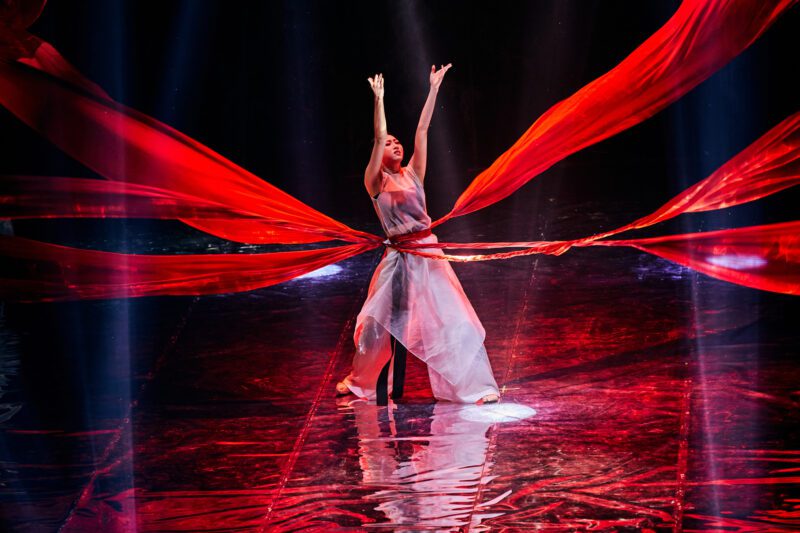
– Have you seen any prose performances?
– Yes, and among them there was one that really grabbed me. These are not dance plays, but they are ‘full-body’ pieces that are typical of theatre in the Far East and the West. One of these was the production of The Tragedy of Faust by the Beijing Central Drama Academy: it is very interesting to see how a European work, born in a basically Christian culture, is adapted by a company from the Far East.
– How do you rate the participation of Hungarian companies?
– In folk dance, for example, we are very strong, and it is very interesting when folk dancers experiment with new forms with a rich tradition in the background and knowledge of it. One of these was the performance of the Ifjú Szívek Dance Theatre in Bratislava, entitled Hontalanítás (Displacement), which commemorates the displacement of Hungarians from the Highlands. It is an incredibly strong contemporary theatre in terms of form, visuals and message, working of course with folk dance language. I could also mention the Hungarian State Folk Ensemble’s Naplegenda, which has been in the repertoire for at least 20 years with uninterrupted success and was also an outstanding performance.
